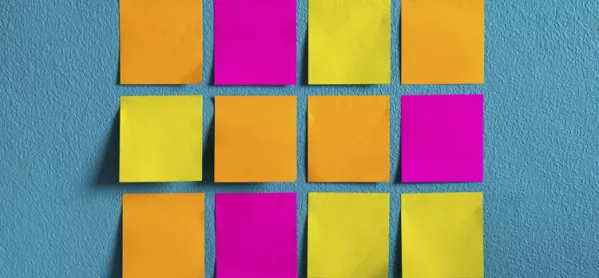What is Solo taxonomy?
Solo stands for “structure of the observed learning outcome”. It is an approach designed by educational psychologists John Biggs and Kevin Collis to scaffold higher-order thinking for pupils.
It’s all about increasing the levels of complexity in tasks as pupils move through their learning. Think of it as a kind of do-it-yourself differentiation for students.
How does it work?
Solo uses symbols to represent where pupils are in their learning. For example, a circle shows that they are at the prestructural stage, where they are not yet sure about the concept they are learning about.
With time, pupils move to the unistructural stage, represented by one vertical line. This means that they are getting to grips with the underlying concepts and beginning to formulate basic ideas.
The next stage is multistructural, where children are beginning to make connections to other ideas, which is followed by relational and extended abstract stages, where they can confidently connect concepts to a wider field and see them in perspective.
I’m lost. If this is for children to interpret themselves, surely they will be confused too?
You’d be surprised. Solo is a very visual concept. The symbols are a simple tool for pupils to confidently tell you where they are in their learning.
The taxonomy helps them to appreciate that there are different stages in the learning process and that understanding something new does not come about instantly.
How do I decide which level each child should start at?
You don’t decide at all. The children do. The taxonomy is designed to make pupils aware of the difference between surface and deep learning, about how they are constructing their own learning and what they need to do to achieve more.
The thinking is that by providing a clear “map” of the learning journey and allowing pupils to decide where they are on it, this will make them more motivated to succeed.
I keep seeing people on Twitter getting excited about hexagonal sticky notes. Where do those come in?
I thought you’d never ask. Hexagonal learning is a task that can be used as part of Solo. Key pieces of vocabulary connected to a concept are written on the hexagons and pupils use these to see whether they can identify or build connections.
Students who are accomplished at this technique can even start with blank hexagons and identify the key themes they want to discuss for themselves. This would put them at the relational or extended abstract stage of the taxonomy.
So, should I be giving this a go?
Solo tends to be used more at secondary level, but it’s a concept that’s too useful to dismiss for the primary classroom. It fosters discussion, scaffolds learning and encourages reflection. Whether you teach primary or secondary, this should certainly be on your ever-growing “to-try” list.
To find out more you can follow Solo advocates like Andy Knill (@aknill), Tait Coles (@Totallywired77) and Lisa Jane Ashes (@Lisajaneashes) on Twitter.
Sarah Wright is a senior lecturer at Edge Hill University. She tweets as @Sarah__wright1
Want to keep up with the latest education news and opinion? Follow TES on Twitter and like TES on Facebook




